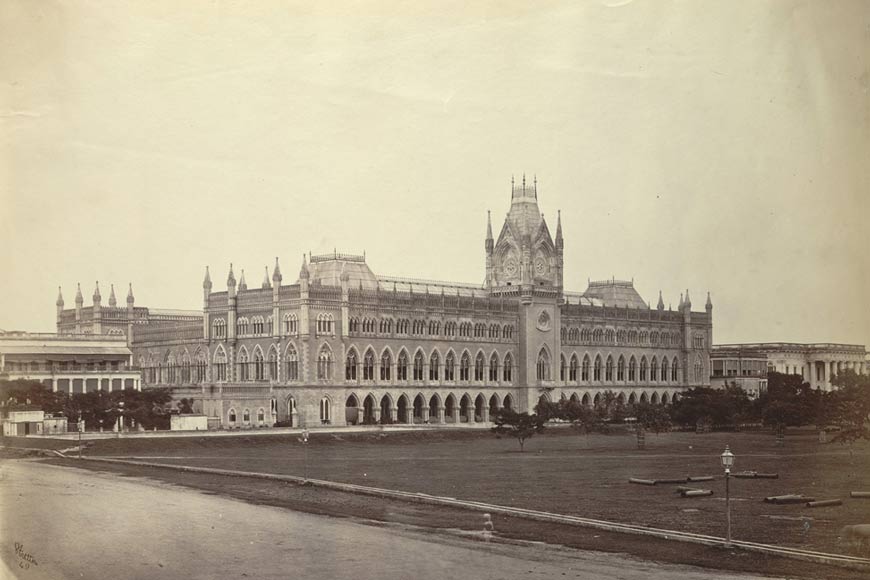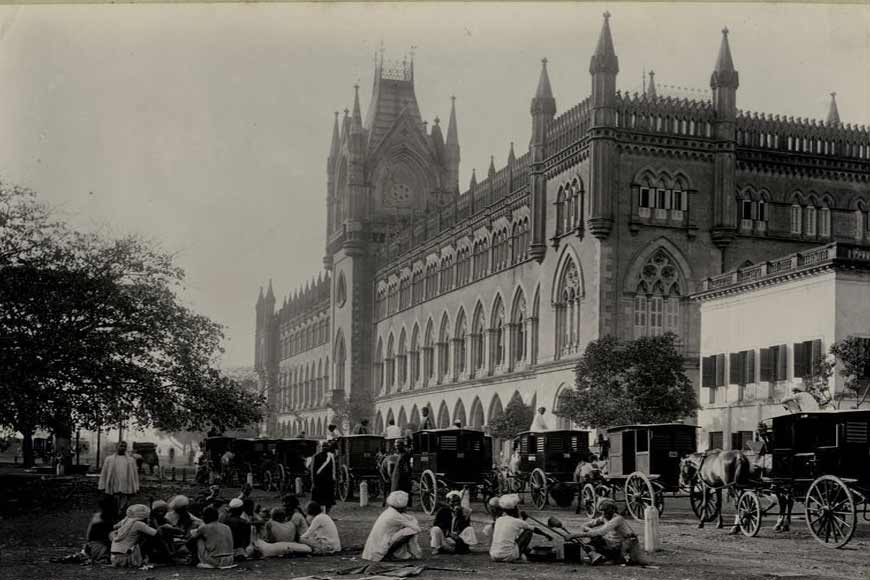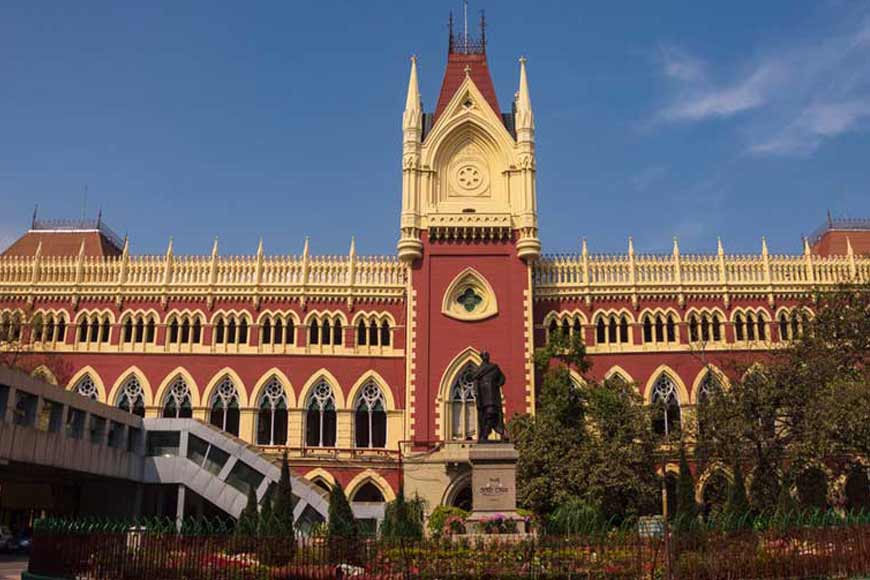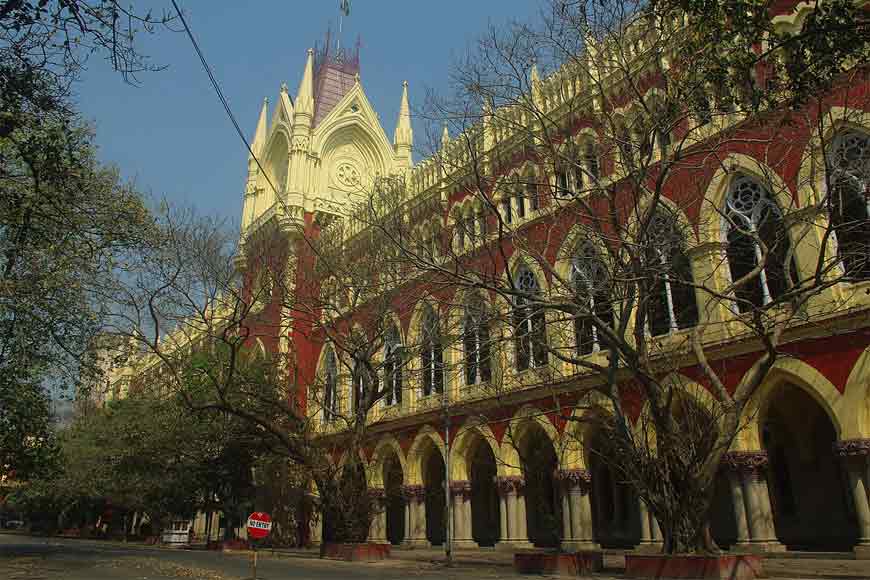The rich heritage of Calcutta High Court, going strong at 161 - GetBengal story

At the start of the 20th century, 1907 to be precise, the Chief Justice of the Calcutta High Court was paid an annual salary of Rs 72,000, according to a court publication on the occasion of its 150th anniversary. His fellow Chief Justices at Madras and Bombay High Courts, however, drew only Rs 60,000 each per annum. The reason we begin with this bit of trivia is simply to show the importance of Calcutta High Court in the British scheme of things.
How much was Rs 72,000 worth in today’s terms? Sadly, no reliable conversion calculator exists for pre-1947 rates, so it would be fruitless to speculate. Those interested are welcome to study current rates and indulge in some back calculation. If it helps, here is an excerpt from ‘Rupee Prices in India, 1870 to 1908’ by Fred J. Atkinson, Accountant-General of the United Provinces (Uttar Pradesh) in the early 1900s: “... Prices in 1908, as compared with the year 1600, during the reign of Akbar, were approximately as follows:- Ghee 15 times as high, wheat and barley 12 times, moung 9 times, rice 5 times, and sugar double.”

The point is that Calcutta High Court, by virtue of being India’s oldest and once preeminent High Court, enjoyed certain benefits that other courts did not. And the reason we are talking about it today is because on July 1 this year, it celebrated 162 years of its existence. The establishment of the High Court in 1862, according to many scholars, was intended to completely unify and discipline India’s judicial system, by clearly suppressing indigenous legal traditions in favour of the Western judicial model to favour the ruling class.
So the High Court was formally opened on July 1, 1862, in a building known as the ‘New Court House’, as opposed to the ‘Old Court House’ from which Old Court House Street got its name. The foundation stone of the present building was laid in 1864, and construction was completed in 1872. Even today, the imposing building is considered one of the best examples of neo-Gothic architecture in the East. Designed by Walter Granville, it was modelled on the ‘Staadt-Haus’ or Cloth Hall at Ypres in Belgium. So much so that when the Cloth Hall was severely damaged by artillery fire during World War I, the Belgians reportedly sought the blueprints of Calcutta High Court as they began reconstructing the original. True or not, an interesting story.

Not too many people know that the building’s middle tower, which stands over the main entrance, is 180 feet high, which would make it higher than Shahid Minar, which stands at 165 feet. Similarly, not too many of us are likely to know that the first Indian to be appointed a puisne (or junior, pronounced puny) judge of the High Court was Rama Prasad Roy, son of Raja Rammohan Roy. A man of immense wealth thanks to a very large practice, his judicial career was sadly curtailed by his death before the letter of appointment arrived.
However, his place was taken on February 2, 1863 by a man most of us would consider an ‘honorary’ Bengali - Sambhu Nath Pandit, a Kashmiri Brahmin whose family had settled in Bengal. Born in Calcutta in 1820 and educated at the Oriental Seminary, he was appointed Junior Government Pleader in 1853, when he also became a professor of Law at Presidency College.

When it comes to Chief Justices, Phani Bhusan Chakravartti became the first Indian to be appointed a permanent Chief Justice of Calcutta High Court, (though Sir Romesh Chandra Mitra had held the office on a temporary basis in 1886) and was in office from 1952-58, having joined the court as a puisne judge in 1945.
Why is the HC not called Kolkata HIgh Court, despite the name of the city having officially changed from Calcutta to Kolkata in 2001? Well, the High Courts (Alternation of Names) Bill was approved by the Cabinet on July 5, 2016 and introduced in the Lok Sabha on July 19 of that year. However, it is yet to be passed by both Houses of Parliament, which means Calcutta, Madras, and Bombay High Courts still retain their old names.










